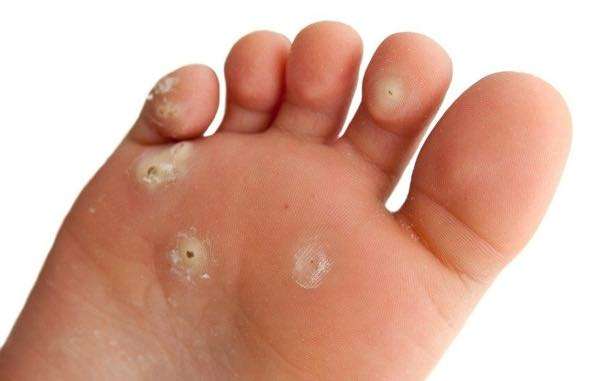Bunions are a common foot condition that can cause discomfort and affect mobility. Often characterized by a noticeable bump on the side of the foot, bunions may make daily activities like walking or wearing shoes more challenging. While they are widely discussed, some may not know what causes them and how a foot specialist could treat them.
What Are Bunions?
A bunion is a deformity of the foot that generally develops at the base of the big toe. Visible symptoms often include a bony bump that protrudes on the side of the foot, just at the joint where the big toe connects to the rest of the foot. This condition often occurs when the big toe begins to lean toward the other toes instead of remaining straight. This misalignment can lead to the joint at the base of the toe sticking outward.
If you suspect you may have a bunion, you might experience symptoms that include:
- A visible bump on the outer side of the foot
- Swelling or redness around the affected joint
- Pain or soreness while walking or wearing shoes
What Causes Them?
Bunions develop due to a combination of factors, including genetics, lifestyle habits, and structural challenges within the foot. It is not always possible to attribute bunions to a single cause. There are several influences that are commonly associated with their development.
Genetic Predisposition
Research suggests that genetics can play a role in determining whether someone may develop bunions. Some individuals inherit structural foot characteristics, such as flat feet, which predispose them to joint misalignment. If bunions run in your family, you may have an increased likelihood of experiencing them as well.
Footwear Choices
Shoes can significantly impact the development of bunions. Wearing narrow or tight-fitting shoes may put undue pressure on the toes and force them into uncomfortable positions. Over time, this pressure may contribute to the misalignment of the big toe joint.
How Are They Treated?
There are multiple approaches to managing bunions, ranging from changing footwear and orthotics to medical procedures aimed at correcting the joint alignment. Treatment recommendations often depend on the severity of the bunion and whether it causes ongoing discomfort. An assessment from a foot specialist might be helpful in determining which course of action is best for an individual’s case.
Non-Surgical Approaches
Non-surgical remedies are often the first course of action for managing bunions, particularly for mild cases. These treatments aim to alleviate symptoms and prevent the condition from worsening. Some of the more prominent methods include:
- Footwear Modification: Switching to shoes with a wider toe box and low heels can reduce the pressure on the big toe joint and alleviate pain. Look for footwear designed with sufficient room to accommodate the shape of your foot.
- Use of Orthotics: Custom orthotic devices can help redistribute weight across your foot. These inserts fit inside your shoes and may correct some of the mechanical imbalances that lead to bunion discomfort.
- Pain Management Techniques: Applying ice to the affected area, taking non-prescription pain medication, or consulting a healthcare professional for topical remedies might also provide relief from discomfort.
For more severe cases where non-surgical approaches fail to alleviate symptoms, surgical intervention may be recommended.
Speaking to a Foot Specialist
Bunions can range from mild discomfort to significant issues that affect mobility and quality of life. While the causes can vary, addressing symptoms early and seeking advice from a qualified professional could help manage this condition effectively. Exploring interventions early on could play a key role in maintaining foot health over the years.









Leave a Reply